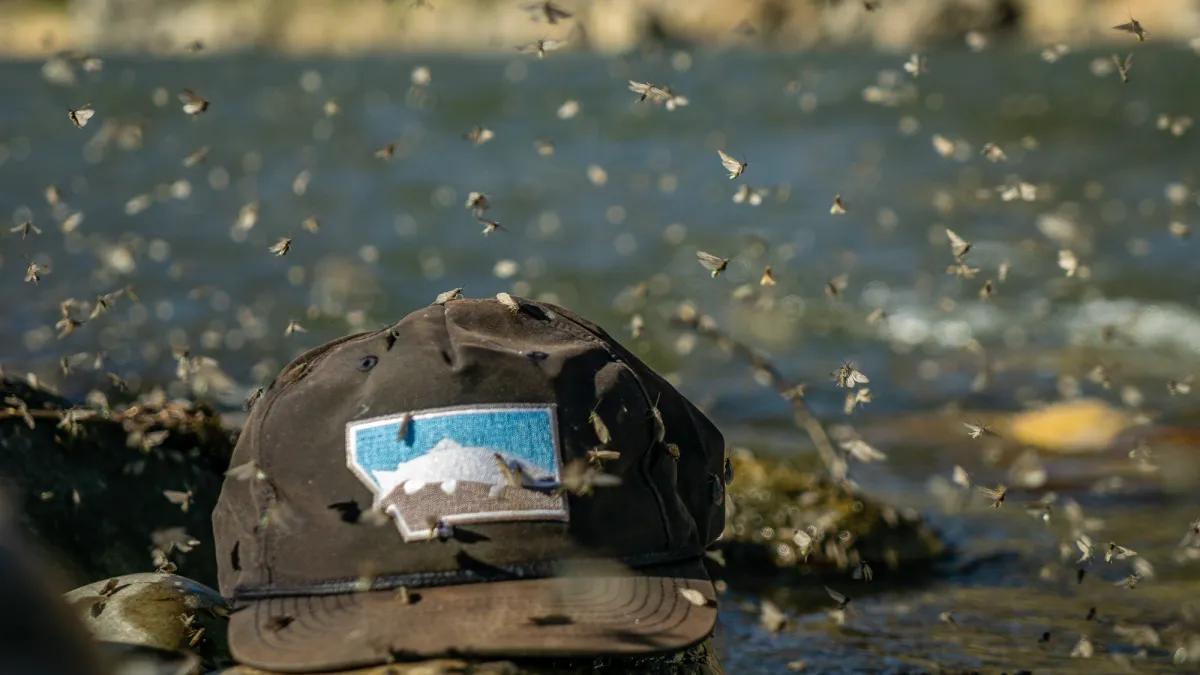
Planning a fly fishing trip should be an enjoyable experience. Whether you are looking at going on a fishing trip to Montana or wanting to fish a global fly fishing travel destination, it is important to carefully plan your trip. The success of catching fish on a fly fishing trip depends on many factors that you can, and cannot, control. When planning a fly fishing trip to Montana or beyond, there are several things to consider. Here are Seven Tips to Planning a Montana Fly Fishing Trip.
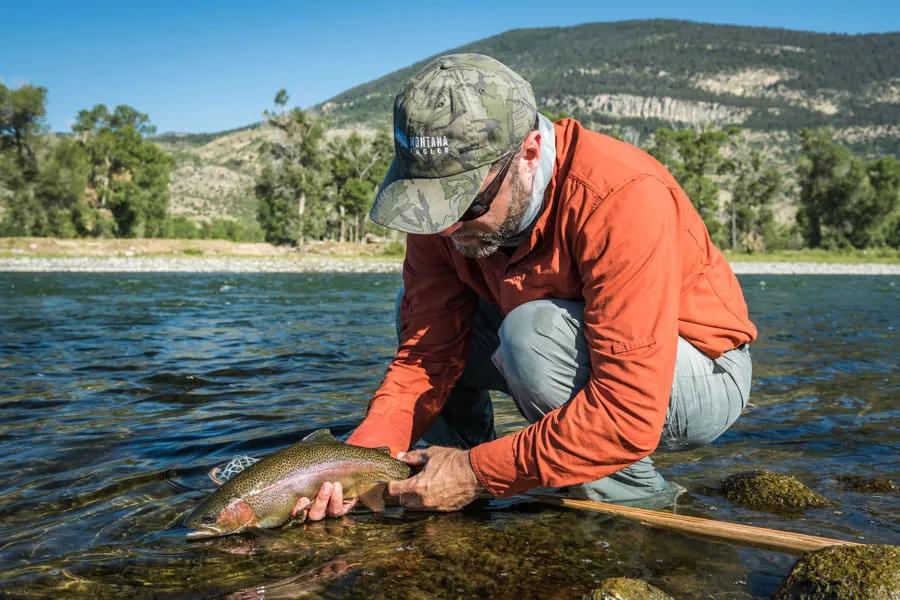
What Type of Fishing to Expect?
Montana is home to a massive variety of waters to fish. Montana also has one of the longest seasons of trout fishing destinations on the planet, so evaluating the type of fishing that is desired is an important step in planning the best possible fly fishing trip. If fishing dry flies to rising trout is more important than catching a lot of fish, then consider a spring or summer trip and plan to fish waters known for prolific hatches like the Paradise Valley Spring Creeks or the Missouri River. If you care more about bringing fish to the net regardless of using dry flies, streamers, or tandem nymph rigs, then consider late spring, early summer, and fall and target a consistent tailwater fishery like the Madison River. Are streamers your passion? Then come in late spring or fall and expect less fish in the net, but possibly some of the biggest trout of the year, especially on a large freestone like the Yellowstone River.
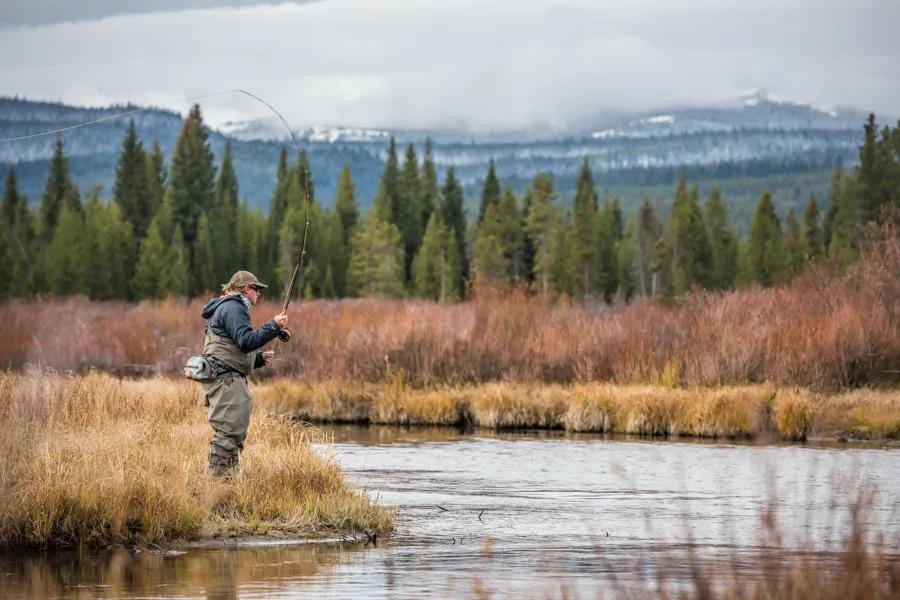
What Type of Water and Mode of Fishing Do You Like?
From the small freestone creeks and rivers of Yellowstone National Park to lakes to larger rivers like the Missouri and Yellowstone, a Montana fly fishing trip can encompass a lot. For those new to fly fishing in Montana, deciding if you want to spend your days floating or walking-and-wading might be impossible to know. For experienced anglers, they may already know they want to cast dry flies from a boat under the warm summer sun or target sipping rainbows in a light spring drizzle on foot on DePuy’s Spring Creek.
If you enjoy floating and being in a boat to cover water and always have the guide at the ready to give you advice or help land a fish or hand you a cold beverage, then float fishing trips on the larger rivers is your cup of tea. The Yellowstone, Madison, Missouri, and Smith Rivers are the primary float fishing rivers in Montana.
If you like fly fishing on a little smaller scale while being on foot, consider smaller creeks, private access waters, and spring creeks. When fishing these waters the guide may not always be next to you if they are helping your angling partner. Additionally, the skill set and ability to improve your skills quickly is a little more important when walk-and-wade fishing--because you are more a part of a trout’s habitat. When walk-and-wade fishing, more often than not, your casts need to be a little more accurate and your drifts a little better. If this small challenge sounds intriguing, consider a trip that has some variety versus a trip that is strictly float fishing.

Will Snowmelt Runoff Affect Your Trip
With mountain snowpack providing water for all of the rivers in Montana, knowing which rivers will succumb to snowmelt runoff is key to a successful fly fishing trip to Montana. If you don’t want to worry about runoff or play the guessing game of when a river will come into shape, choose one of our tailwater rivers like the Madison or the Missouri Rivers. However, just because a river is a tailwater doesn’t mean it is entirety immune to snowmelt runoff. Most tailwaters have a tributary stream that can affect the main stem, but you can certainly hedge your bets that the Missouri River will be less susceptible to runoff conditions than a freestone like the Yellowstone River.
The Smith River is a unique river in Montana during snowmelt runoff. It is one of the few rivers that Montana fly fishing guides are excited to fish during snowmelt runoff. Trout on the Smith River are not normally affected by the dirty water of snowmelt runoff--they are known to actively feed in muddy water as long as flows are consistent. Rapidly rising flows are known to push Smith River trout off the feed, but a gradual rise during runoff is less likely to affect Smith River trout.

Variety or Intimacy? Pick Your Pleasure
Few places in the world exist where anglers can choose a home base that has a variety of waters or exclusively fish one river for an extended time. Because Montana is home to many mountain ranges and high plateaus there are many creeks and rivers to fish. With a thorough network of highways and secondary roads, accessing the numerous creeks and rivers is easy compared to an international destination like Chile or Argentina. It is possible to pick a fishing lodge in Montana and fish for several days and not fish the same river twice. It is also possible to stay at one fishing lodge and fish the same river each day and possibly not fish the same float twice.
The fishing season in Montana typically begins in March and lasts until November. This long season also means a large amount of variety within the angling year. Dry fly anglers can chase hatches of early season mayflies and caddis in the spring, stoneflies and hoppers in the summer, and then Blue Winged Olive mayflies or October caddis in the fall. Streamer anglers can find some of the largest fish of the season in spring before runoff commences and then again in the fall. From March through November tandem nymph rigs can be successful on most any day.

Whether You Like a Certain Type of Weather
Some of the best fishing occurs in inclement weather. From casting streamers on the Yellowstone River while the snow falls softly or head-hunting tailwater trout on the Missouri River during a spring rain shower, there is truth to the saying that “there’s no such thing as bad weather, only bad gear.”
When considering a trip to Montana to go fly fishing, an understanding of the type of weather you want to experience is important. If you want sunny days, wet-wading, and wearing shorts and sandals while on the river, plan for a trip during late June through August. Fishing action can be consistent in these warmer months with hatches of stoneflies, caddis, Pale Morning Duns, and terrestrials like grasshoppers, ants, and beetles. The summer months are also the peak of tourist season in most towns in Montana so expect hotels, restaurants, and amenities to be busier and priced accordingly during Montana’s short peak tourist season.
If warm, sunny weather is not important, many anglers opt for spring and fall for their Montana fishing trip. The spring is the start of the angling season for most of our fly fishing guides and our rivers are coming out of their winter mode. This means trout often feed with a little more audacity on hatches of Blue Winged Olives, early season stoneflies, and Mother’s Day caddis. Anglers who enjoy fly fishing with streamers will also find the spring season in Montana to be an under-the-radar secret.
The fall season can feature weather that is substantially cooler than summer, but considerably more dry than spring. In most years terrestrial fishing lingers well into October and with hatches of fall mayflies and October caddis, the months of September and October have been a favorite of anglers in Montana for decades.
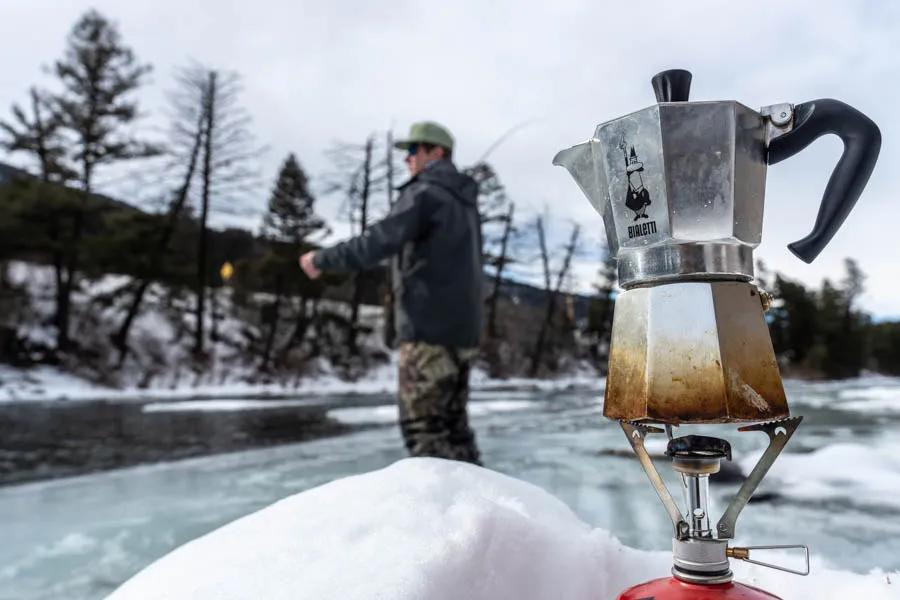
How Soon to Book a Fly Fishing Trip
With a large variety of fishing trips in Montana, but some of the trips on specially permitted waters or backcountry areas, it is crucial to know how far out you need to begin planning and booking your trip. For anglers that have been doing guided fishing trips for a long time, they know their favorite guides and they know which guides have unique special skills that often book up a year or more in advance. On specially permitted waters like the Smith River or the South Fork of the Flathead in the Bob Marshall Wilderness, a year out may still not be enough lead time and anglers need to plan 18 months to two years out to lock in their first choice of dates.
Many of our hotel packages can be booked on short notice--less than six weeks out--and in some months even just a few days ahead of the trip. If you want to go fishing any less than a week or so out, then working with an outfitter like Montana Angler that has access to a large pool of talented and diverse guides could mean the difference between going fishing or not going fishing.
Lastly, time of year plays a factor. Because weather in summer is consistent and rarely inclement, unusual weather or fishing conditions will rarely affect your ability to go on the trip. In spring and late fall--as the prospect for inclement weather increases--anglers can often wait a little closer to the trip before committing. This is often the case in March or early April and again in late October and November.
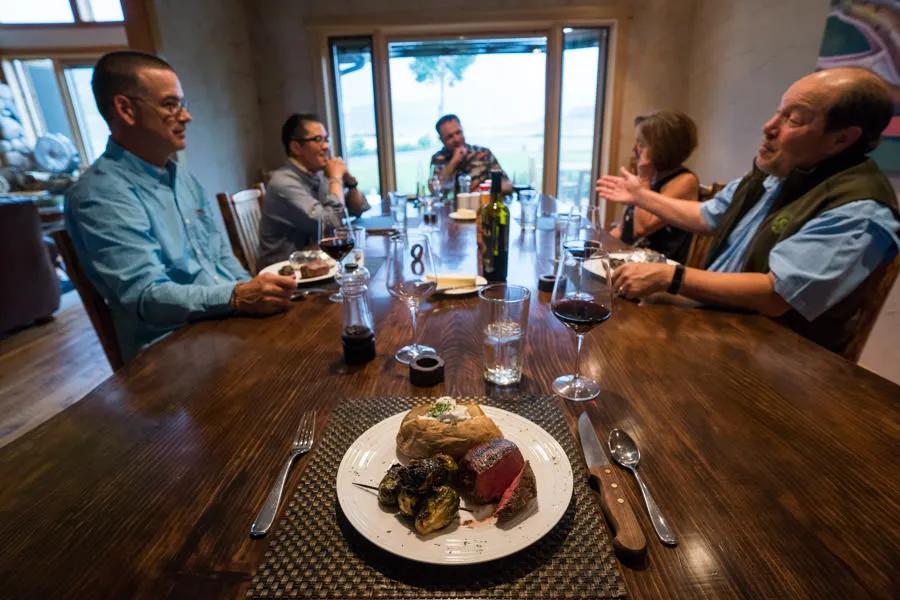
Lodging and Meal Preference
The main attraction to any fishing trip in Montana is, of course, the fishing. But your style and desired choice of lodging and budget, and taste for dining can also add, or detract, to the costs for any fly fishing trip to Montana. When planning your trip, knowing if you want to cook your own meals, camp, return to luxury, need craft cocktails, etc, etc are all questions to ask yourself when planning your next Montana fly fishing trip. With the massive amount of water to fish in Montana, there is also an abundance of hotels, lodges, restaurants, cafes, grocery stores, campgrounds, and more to add to your fly fishing trip.
An all-inclusive lodge option is going to cost more than any DIY trip you take. On lodge or all-inclusive trips, the details are left to professional staff and chefs. You can relax and focus on fishing. On DIY trips cooking your own meals stretches the dollar further but takes time away from fishing.
Choosing the location is also a factor. Being close to a larger town like Bozeman or Livingston means you can access restaurants, bars, and possibly fly shops. An all-inclusive lodge is probably going to be more remote, but everything is on site. Additionally, many all-inclusive fishing lodges have a social aspect that a hotel doesn’t necessarily provide because lodge guests often enjoy apres-fishing drinks and fishing-centric conversations during dinner.
Many factors have a role in choosing the perfect Montana fly fishing trip. The pleasant surprise when planning your next great fishing trip and choosing Montana lies in having a seemingly endless amount of options. If it feels like there are too many options--that is actually a good thing--take the advice in this blog to help you narrow down your desires and your priorities. Once you are able to evaluate your pros, cons, and budget, the perfect Montana fly fishing trip is well within reach.
